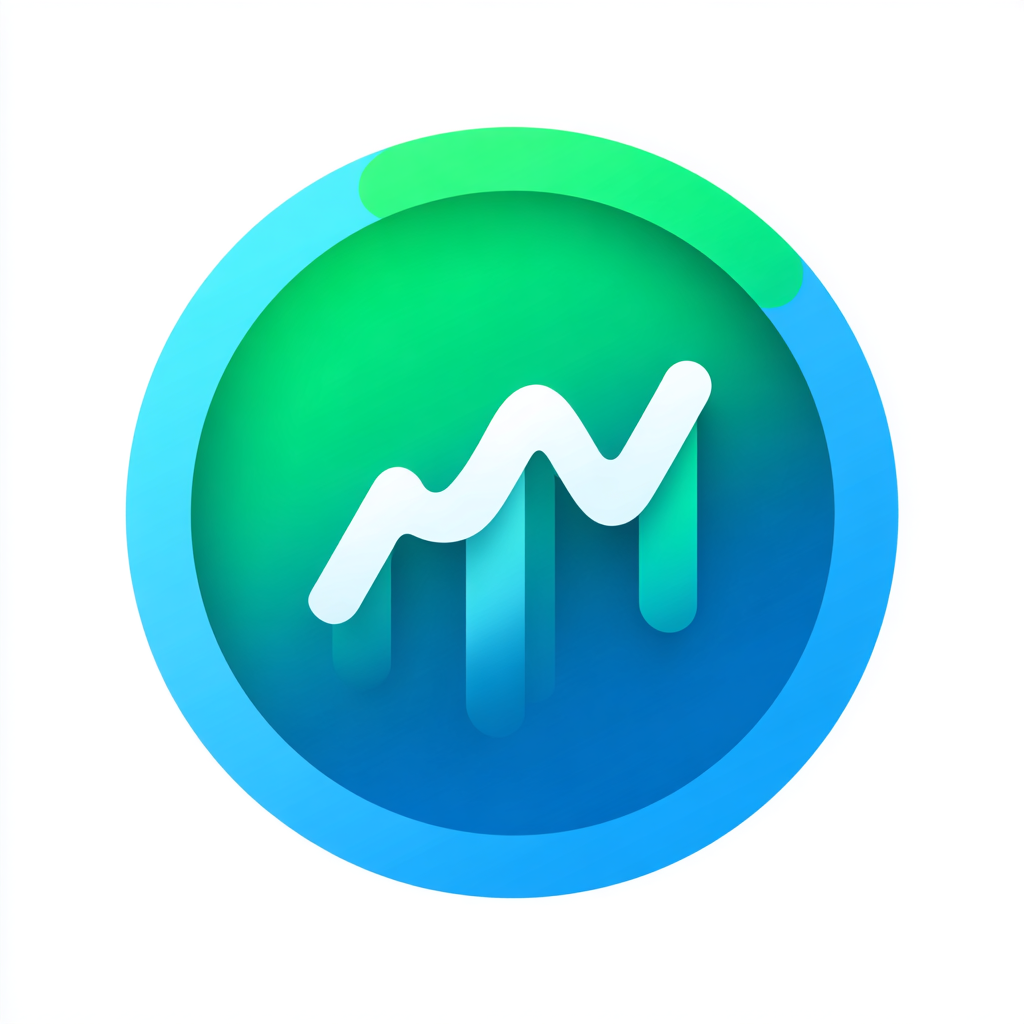Last updated: July 15, 2025 at 6:00 PM
In today's interconnected digital landscape, APIs are the backbone of modern applications. Whether you're running a SaaS platform, e-commerce site, or mobile app, your API performance directly impacts user experience, business operations, and revenue. Yet many organizations still rely on basic uptime monitoring, missing critical performance insights that could prevent issues before they affect users.
I recently worked with a fintech startup that was experiencing mysterious performance issues. Their main application was running smoothly, but users were reporting slow transaction processing during peak hours. Traditional uptime monitoring showed 99.9% availability, but deeper API monitoring revealed that their payment processing endpoint was taking 8-12 seconds to respond during high traffic periods,far above the acceptable 2-second threshold.
This discovery led to a complete overhaul of their monitoring strategy, implementing comprehensive API performance tracking that now alerts them to performance degradation before users notice any issues.
Why API Performance Monitoring Matters
API performance monitoring goes beyond simple uptime checks. It provides insights into:
- Response times and latency patterns
- Error rates and failure modes
- Throughput and capacity planning
- Dependency health (third-party APIs, databases)
- User experience impact
Key Metrics to Monitor
1. Response Time
Monitor both average and percentile response times (P95, P99). A good rule of thumb:
- Excellent: < 200ms
- Good: 200ms - 1s
- Acceptable: 1s - 2s
- Poor: > 2s
2. Error Rates
Track HTTP status codes and error patterns:
- 4xx errors: Client-side issues (authentication, validation)
- 5xx errors: Server-side problems (database, external services)
- Timeout errors: Network or performance issues
3. Throughput
Monitor requests per second/minute to understand:
- Peak usage patterns
- Capacity limits
- Scaling requirements
4. Availability
Track uptime and downtime patterns:
- Scheduled maintenance impact
- Unplanned outages
- Geographic availability
Implementation Strategies
1. Synthetic Monitoring
Create automated tests that simulate real user interactions:
- Regular endpoint checks from multiple locations
- Complex transaction flows
- Authentication and authorization testing
2. Real User Monitoring (RUM)
Collect performance data from actual users:
- Browser-based timing
- Mobile app performance
- Geographic performance variations
3. Infrastructure Monitoring
Monitor the underlying systems:
- Server resource utilization
- Database performance
- Network latency
- Third-party service health
Best Practices for 2025
1. Set Realistic Thresholds
Base your alerting thresholds on actual user expectations, not arbitrary numbers. Consider:
- User journey criticality
- Business impact
- Historical performance data
2. Implement Progressive Alerting
Use multiple alert levels to avoid alert fatigue:
- Warning: Performance degradation (e.g., response time > 1s)
- Critical: User experience impact (e.g., response time > 3s)
- Emergency: Service unavailable
3. Monitor Dependencies
Track the health of external services your API depends on:
- Payment processors
- Authentication services
- Database connections
- CDN performance
4. Geographic Monitoring
Monitor performance from multiple locations to ensure global availability:
- User population centers
- Cloud provider regions
- CDN edge locations
Tools and Solutions
1. Lagnis API Monitoring
Lagnis provides comprehensive API monitoring with:
- 1-minute check intervals
- Response time tracking
- Error rate monitoring
- Webhook alerts
- Beautiful PDF reports
2. Custom Solutions
For specific needs, consider:
- Prometheus + Grafana for metrics
- Jaeger for distributed tracing
- ELK stack for log analysis
- Custom dashboards for business metrics
Case Study: E-commerce API Optimization
A client running an e-commerce platform was experiencing cart abandonment during peak shopping periods. API monitoring revealed that their product catalog API was taking 3-5 seconds to respond during high traffic.
Root Cause: Database connection pooling issues during peak load.
Solution:
- Implemented connection pooling optimization
- Added caching layer for product data
- Set up proactive monitoring with 30-second response time alerts
Results:
- 40% reduction in cart abandonment
- 60% improvement in API response times
- 25% increase in conversion rate
Getting Started
- Identify Critical Endpoints: List all APIs that directly impact user experience
- Set Baseline Metrics: Measure current performance to establish thresholds
- Implement Monitoring: Start with basic uptime and response time monitoring
- Add Advanced Metrics: Gradually add error rates, throughput, and dependency monitoring
- Optimize Alerting: Fine-tune alerts based on actual impact and team capacity
Conclusion
API performance monitoring is not just a technical requirement,it's a business imperative. In 2025, users expect instant responses and seamless experiences. Organizations that invest in comprehensive API monitoring will have a significant competitive advantage, catching issues before they impact users and maintaining the high performance standards that modern applications require.
The key is to start simple and iterate. Begin with basic uptime monitoring, then gradually add performance metrics, error tracking, and advanced analytics. Remember, the goal is not just to detect problems, but to prevent them and ensure your APIs deliver the performance your users expect.
 Lagnis
Lagnis